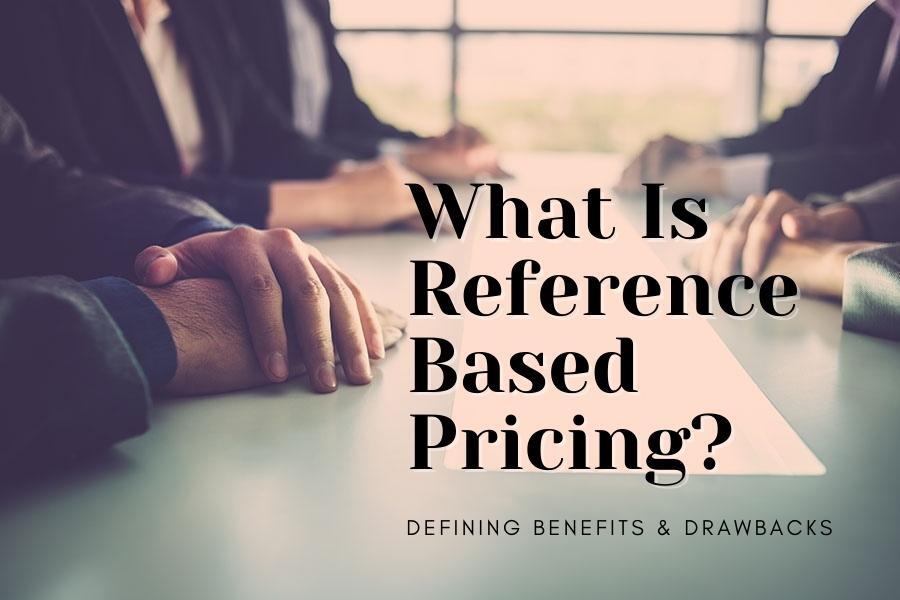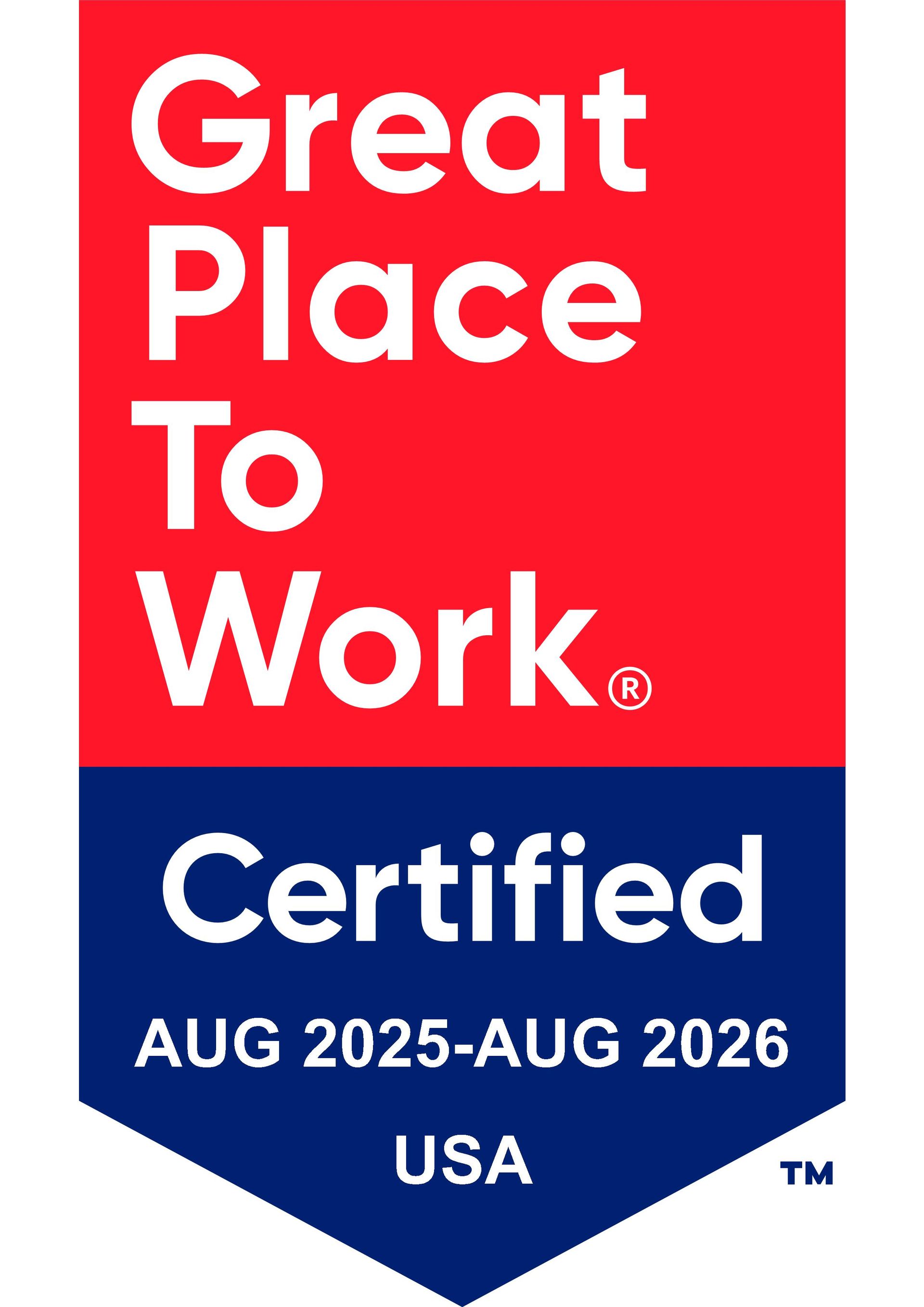
What Is Reference Based Pricing?
23 April 2021
If you’ve ever heard employees complain about the high out-of-pocket costs of certain medical procedures or wondered how to keep their health plan costs from spiraling, you may have considered an alternative to traditional health plan offerings. Faced with inflated health plan costs, many companies are turning to an emerging alternative to traditional health plans, known as reference based pricing. If you want to manage healthcare costs while maintaining the same level of care and coverage for employees, it may be time to consider implementing a reference based pricing model.
WHAT IS REFERENCE BASED PRICING?
Reference based pricing is a method of cost containment that offers cost-saving benefits for employers and employees alike – and it can be especially useful at a time when cost premiums continue to rise. According to the Kaiser Family Foundation, the average cost of employer-sponsored health insurance for annual premiums reached $21,342 in 2020 for family coverage. And in 2019, prices paid to hospitals by private health plans averaged 241% more than what Medicare would have paid for the same services, according to the RAND Corporation.
Let’s take a closer look at reference based pricing, how it works, and whether it’s a good fit for your company.
READING THE FINE PRINT
Reference based pricing is a system in which the employer designates a limit on the amount it will pay for certain procedures that tend to vary widely in costs, such as an MRI or a joint replacement. The limit the employer sets is a reasonable amount based on reference prices – typically, Medicare reimbursement rates. This differs from traditional health care plans, in which rates are more arbitrary and inflated, and employees often learn of the true cost only after receiving care.
When you adopt a reference based pricing model for your company’s health care, you’ll typically contract with a third-party administrator that helps determine the reference prices, oversees the program, and intervenes on employees’ behalf in the event of a dispute.
FREQUENTLY ASKED QUESTIONS
HOW DOES IT WORK?
Under a typical plan, providers charge a set rate and then negotiate discounted rates with insurance companies. That makes it difficult for employees to predict their health care costs since prices can vary widely from provider to provider. Reference based pricing adds transparency and uniformity to the system since the costs for tests or procedures are determined based on the reference point.
As opposed to traditional health plans, reference based pricing removes the in- and out-of-network system and allows employees to seek out care with whichever providers they choose. The plan will then generally pay an amount based on the Medicare rate plus a percentage. However, the one caveat is that to receive the reference based price, the employee must be willing to see a provider that will accept that price as full payment.
If employees choose to see a provider with a price at or below the reference price, they will be responsible only for that amount. However, if they choose a higher-priced provider, they may be billed for the difference between the reference price and the allowable charge.
WHAT ARE THE DIFFERENT REIMBURSEMENT MODELS?
Depending on which reference based pricing plan you select, you may have a defined contribution reimbursement model or a defined contribution with negotiation. Under the defined contribution type, you’ll work with a third party administrator to designate a ceiling on the price you’re willing to pay for certain medical services. There’s more flexibility built in to the other model, and the administrator will need to step in and negotiate balance bills on your employees’ behalf.
WHAT ARE THE BENEFITS FOR EMPLOYEES?
Reference based pricing plans enable employees to be more proactive in managing their health care costs. Because they’re able to see the cost of a procedure such as an MRI or a knee replacement, they’re able to then research and select a provider that serves their needs while understanding the overall cost upfront.
Example: Your employee, John, wants to get a procedure that would cost $400 at the Medicare rate. If your plan pays 150% of the Medicare rate, he would learn prior to scheduling the procedure that it would cost $600. That allows him to make an informed decision regarding the procedure and his future health care costs.
ARE THERE ANY POTENTIAL DRAWBACKS?
With proper education and support, a reference based pricing plan encourages employees to use providers that accept reference based pricing amounts as payment in full. In situations where a provider refuses to accept that payment after a patient has already sought care, your employees might receive a bill for the balance of the “unpaid” amount. This practice, known as “balance billing,” could leave your employees with an unpleasant and expensive surprise.
However, your third party administrator will work to address these balance billing issues and negotiate a fair solution with the provider. This ensures that you, as the employer, do not catch any of the blame for the higher charge.
HOW WILL THIS SAVE MY COMPANY MONEY?
According to the American Academy of Actuaries, implementing a reference based pricing model could reduce health care spending by up to 12%. If your reference based pricing plan uses Medicare as its benchmark rate, you may see a 120-170% markup to the Medicare reimbursement rate – compared to the up to 250% markup you might see under a traditional plan. If employees are saving money on procedures, as an employer, you’ll encounter fewer high-cost claims. In addition, you’ll reduce medical inflation since the cost of procedures is in line with the Medicare reimbursement rate instead of arbitrary and inflated prices.
The actual savings you’ll see will depend on factors such as your geographic location and the facilities your employees use. Keep in mind that the Medicare rate can vary widely from state to state, so it’s important to research your actual cost savings.
IS THIS A GOOD FIT FOR MY COMPANY?
Traditionally larger employers have adopted reference based pricing. However, that trend is shifting as benefits firms like KBI Benefits make it possible for smaller and mid-sized companies to share in the cost savings from reference based pricing. If your company’s plan is already self-insured and you have a large amount of data on prior claims history, a benefits firm can help you identify potential cost savings.
WHAT COMPLIANCE GUIDELINES SHOULD I BE CONCERNED ABOUT?
The Department of Labor’s ACA FAQ 21 addresses this concern and sets forth the guidelines that a reference based pricing plan must follow:
- Includes standards to ensure that consumers can choose high-quality services at reduced costs and have a reasonable amount of time to research and select a provider for their given condition. It’s important to note that reference based pricing cannot be used for emergency services.
- Ensures that employees have reasonable access to an adequate pool of providers accepting the reference point price.
- The plan’s providers that accept the reference price must meet reasonable quality standards of care.
- There must be an exceptions process built into the plan to address situations such as if the provider that accepts the reference price is unavailable due to travel distance or wait time.
- The plan must include disclosures regarding the pricing information, an explanation of when reference based pricing does and does not apply, and a detailed rundown of the exceptions process. This information should be easily accessible to employees.
A dedicated benefits brokerage firm like KBI Benefits can help you stay on track and in compliance with these and any other upcoming regulations.
HOW DO WE GET EMPLOYEES ON BOARD WITH THE CHANGE?
For employees used to traditional health care plans, the switch to reference based pricing could pose challenges. Employees will need to learn an entirely new process that fundamentally changes how they’ll obtain medical care and find providers that accept reference based pricing payments without additional charges.
It’s critical to educate employees on the benefits this plan offers and extend full-scale, ongoing support and communication during the transition. Employees need to know how this change will affect them. Some topics you’ll want to cover during this period include:
- The structure of the plan you’ve chosen and how it works
- How to handle problems with providers that refuse care or send “balance bills”
- Why your company is switching to this approach
- A list of providers that accept reference based pricing rates
Ideally, educating your employees should be a comprehensive year-round exercise involving one-on-one meetings and offering access to reference tools – which can be handled by your benefits administrator.
HOW DO WE GET STARTED?
If your company is serious about a reference based pricing rollout, make sure you partner with a benefits firm that will expertly guide the process from start to finish. Your benefits administrator will work with you to determine the reference point and the type of plan that suits your employees’ needs.
Find out how the benefits administrator plans to offer training, education, and ongoing support to ensure the switch to reference based pricing is successful and well-received. If balance billing could be a concern, make sure the administrator is willing to go to bat for your employees to resolve disputes.
If you choose to adopt a reference based pricing strategy, KBI's dedicated expert benefits team can guide you and your employees every step of the way.
To learn more about how we can help you with reference based pricing or anything else, submit your information via our online contact form or call us at 408.366.8880. We look forward to assisting you!
Additional Resources:
- https://www.kff.org/report-section/ehbs-2020-section-1-cost-of-health-insurance/
- https://www.rand.org/pubs/research_reports/RR3033.html
- https://insurancenewsnet.com/innarticle/could-reference-based-pricing-be-the-answer-to-high-group-costs
- https://www.actuary.org/content/new-academy-research-estimates-health-care-savings-potential-and-obstacles-savings-broader-u
- https://www.dol.gov/sites/dolgov/files/ebsa/about-ebsa/our-activities/resource-center/faqs/aca-part-xxi.pdf
- https://www.shrm.org/resourcesandtools/hr-topics/benefits/pages/coronavirus-could-drive-health-plans-to-adopt-reference-based-pricing.aspx
- https://www.employeebenefitadviser.com/news/a-guide-for-reference-based-pricing
- https://www.shrm.org/ResourcesAndTools/hr-topics/benefits/Pages/reference-based-pricing-lowers-health-plan-costs.aspx
- https://www.benefitspro.com/2019/04/10/4-things-to-consider-before-switching-to-reference-based-pricing/
- https://www.benefitspro.com/2020/09/07/how-reference-based-pricing-is-recalibrating-buying-benefits/?slreturn=20210316135038




